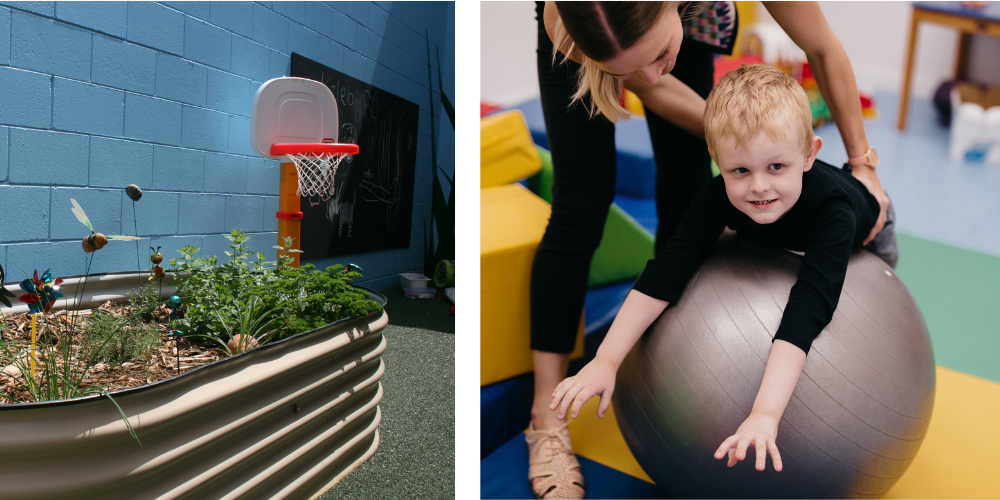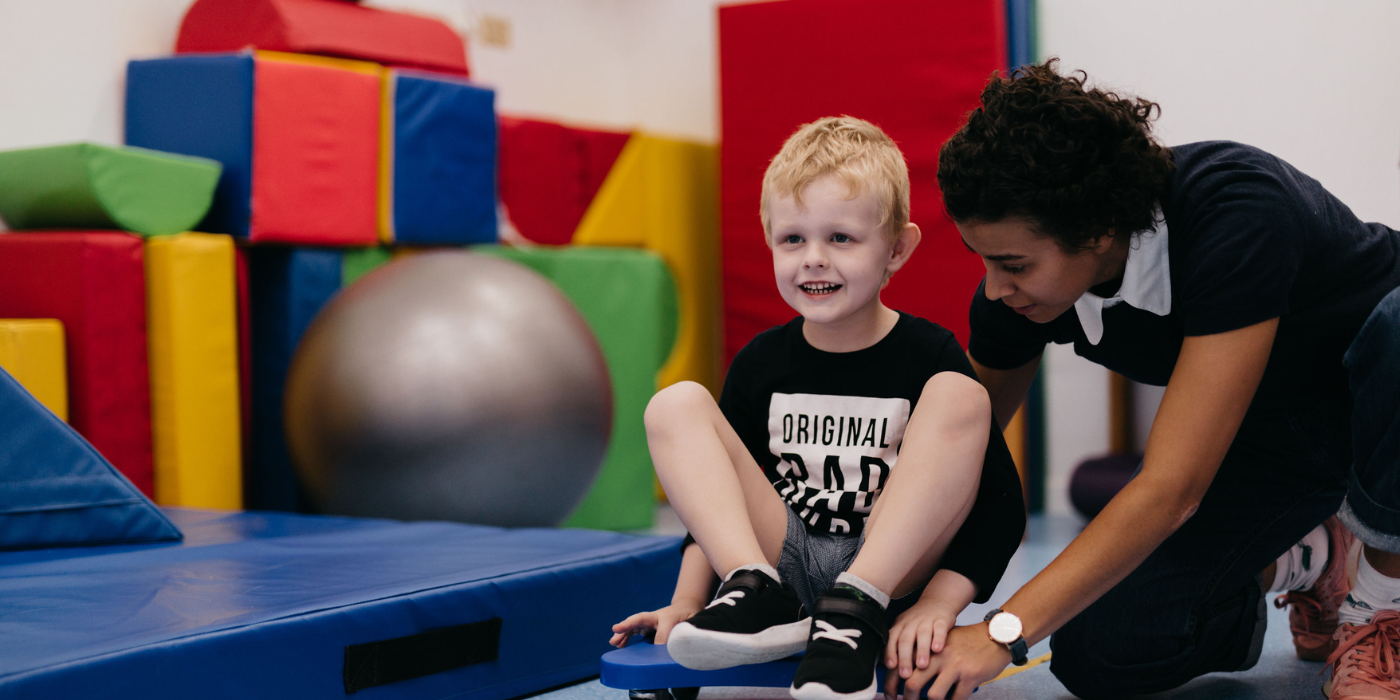A sensory space is a room or environment that provides kids a safe space to decompress and relax. They are designed to support an individual’s needs and give children an outlet to self-regulate their behaviour in order to positively help develop, and channel their focus, and emotions.
The space is different for everyone, and often includes specific touch, play and sound equipment as what triggers one child’s emotional responses can be different to another’s.
There are many advantages to a sensory room, parents have reported their child feeling safer to express their emotions, they have helped to improve fine motor skills, coordination development, channelling behaviour, building tolerance, increasing confidence and most importantly, reducing stress, and unwanted emotions.
Even with positives outweighing negatives, creating a sensory space can still seem like an overwhelming feat. The cost of some specialised equipment can be expensive and difficult to access, it might also feel like you don’t have the space or creativity.
However, creating a sensory space at home doesn’t have to be an uphill challenge and can be as simple as sourcing some everyday items from your local shops or online.
We have done the shopping for you and have provided some low-cost, easier options below to help you create a sensory space suitable for your home. We also suggest speaking with your therapy team to find further suitable ideas that are perfect for your requirements.

TACTILE and SENSORY
Create a sensory box full of these low-cost items that could be found at your local department or cheap store.
- Coloured Nobby Ball
- Fluffy, Fuzzy or Squishy Balls
- Lava Lamps
- Fairy Lights
- Fibre Optic, Hexion Wall, Ball Light or Galaxy Lamps
- Water Snake or try DIY using zip lock bag, glitter, and coloured water
- Fidget Spinners, Poppers and Snakes
- Slime
- Glow Sticks
- Wooden Rainbow
- Slinky
- Motion Bubbler or Bubble Blower
- Light Up Portable Bluetooth Speaker
PLAY and MOVEMENT
A sensory room doesn’t need to be all about relaxation, it could also be a creative outlet for someone to burn some energy and keep their mind active. Try building your play or movement sensory room using some of the suggested items below.
- Soft Bean Bag Toss
- Soft Velcro Darts
- Sensory Ribbon Balls
- Indoor Play Tunnel
- Magnetic, Coloured or Shaped Building Blocks
- Creative Kit
- Ball Pit with Inflatable Pool (mutlipurpose in Summer)
- Magnetic White Board with play magnets
- Exercise, Gym or Peanut Ball
- Rocking Horse, Chair or Boat
- Mini Trampoline
- Balance Beams, Buckets or Stones
- Soft Play Roller, Circle or Square
- Stability Board or Rocker
RELAX
After all that play and interaction, a cosy corner in the room to crash and soak up the zzz’s or relax is important. Try creating a relaxing space using some of the items below:
- Light Up Play Tent or Pop Up Tent
- Bean Bag, Lounges or Flip Out Chairs
- Meditation or Floor Cushions
- Weighted Blanket
- Stuffed Toys or Giant Bear
- Pillows with mixed cases (silk, fluffy, cotton, felt)
- Inflatable Mat or Ring
- Paper Lanterns
Don’t have a whole room to convert? Try these ideas:
- Create a DIY sensory board using a pin board - add sponges, felt, sequins, corks, fluff, feathers, and different fabric cut offs from your local fabric store.
- Dedicate a corner in a room for a breakout space - grab a bean bag, weighted blanket and favourite toy or a stack of reading, touch or colouring in books.
- Start an ongoing subscription and rent specific sensory toys from the CPL Resource and Toy Library or your local library.
- Create a ribbon wall using different lengths and materials – satin, lace, polka dots, sheer, glitter, burlap and felt balls.
- Use your outdoor space and purchase a sprinkler mat or create a sand pit and hide toys within the sand.
Every child’s requirements are different, the most important thing to remember is that you don’t need to spend big to add a little sensory support to your home.

